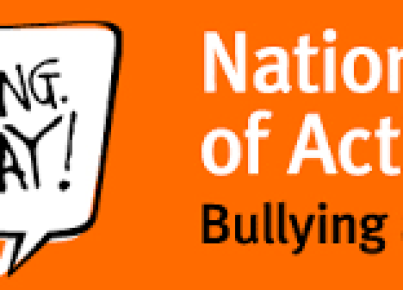Introduction
Bullying is a pervasive problem in schools worldwide, deeply affecting the emotional well-being and academic success of our students. As a school principal, it’s crucial to take a proactive approach in eliminating bullying within your school community. In this article, we will discuss the steps you can take to develop an effective anti-bullying protocol for your school.
Step 1: Assess your current situation
To craft an appropriate anti-bullying protocol, you must first assess the current circumstances within your school. Consult with teachers, staff, students, and parents to gather information about existing issues and their experiences related to bullying. Conduct anonymous surveys to allow everyone to provide honest feedback without fear of repercussions.
Step 2: Assemble a dedicated team
Appoint a diverse group of individuals from different roles and backgrounds within the school community to form an anti-bullying task force. This team should include teachers, administrative staff, parents, and students to ensure diverse perspectives on the problem are considered.
Step 3: Develop a clear definition of bullying
Creating a specific and uniform understanding of what constitutes bullying is essential for addressing the issue effectively. Collaborate with your task force to establish a concise and precise definition that covers verbal, relational, cyberbullying, and physical forms of intimidation or harassment.
Step 4: Create explicit school policies and procedures
Drawing on the assessments from step one and your newly established definition of bullying from step three, develop clear policies on reporting incidents and disciplinary action. Make sure these policies are transparent and easily accessible for everyone within the school community.
Step 5: Implement prevention programs
Incorporating evidence-based prevention programs into your anti-bullying protocol can greatly benefit your efforts. This may include social-emotional learning programs, peer mediation initiatives, or restorative practices that foster empathy, communication skills, and positive relationship-building.
Step 6: Provide training to teachers and staff
Offer continuous professional development programs to equip educators with the knowledge and skills needed to recognize, intervene, and respond appropriately to instances of bullying. Encourage a whole-school approach, engaging all staff members in creating a safe and supportive environment.
Step 7: Engage parents and guardians
Parents and guardians play a vital role in supporting their children’s emotional and social well-being. Foster strong communication channels between the school and families, providing them with information about anti-bullying policies and strategies for addressing bullying at home.
Step 8: Monitor progress and make adjustments
Regularly assess the effectiveness of your anti-bullying protocol through surveys, data analysis, and feedback from all stakeholders. This will enable you to identify areas of success and where improvements are needed. Stay open to making necessary changes as new challenges emerge or best practices evolve.
Conclusion
Developing an effective anti-bullying protocol is a continuous process that requires commitment, collaboration, and adaptability. By taking these steps, principals can create a safer and more inclusive school environment that promotes student success both academically and socially.





